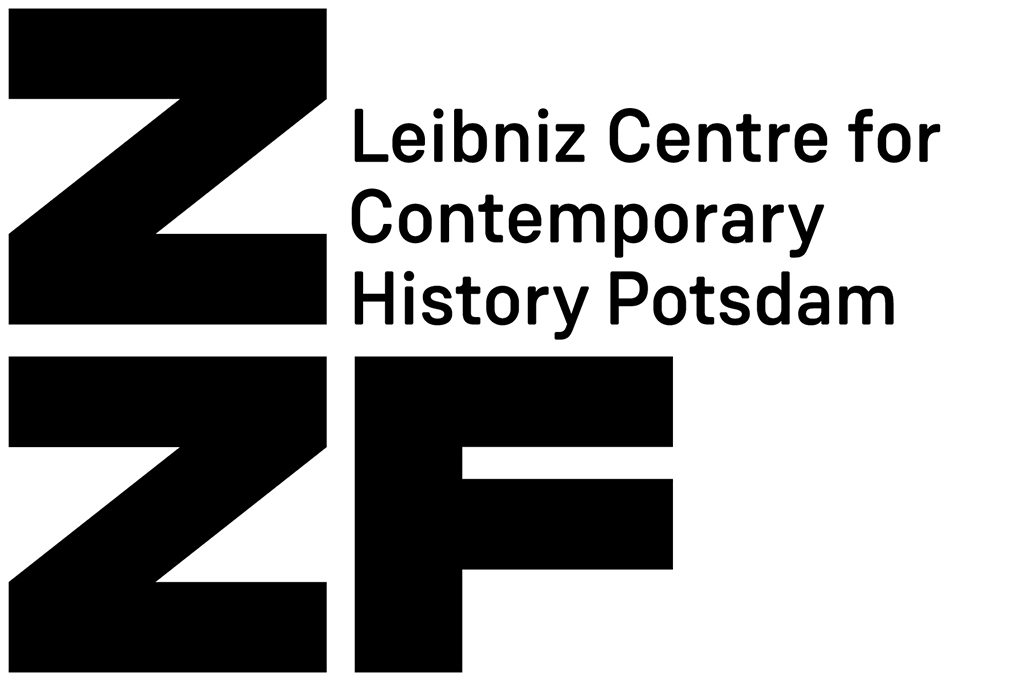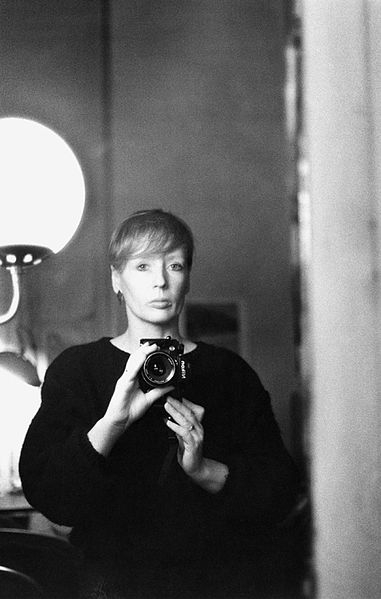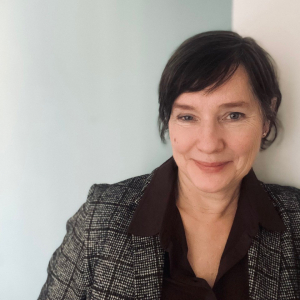Research project
The Academy of Arts (Akademie der Künste), Berlin, opened the exhibition ‘Fading Memories’ (Verblassende Erinnerung) in 2006, which displays works from one of the most renowned East German photographers, Sybille Bergmann. The title of the exhibition aims to present the radical changes of cities and landscapes since the time of the former GDR. Following reunification, the newly-created states of Germany rapidly altered their appearances and the ‘smell of floor polish, cabbage und sweat’ (Gröschner) disappeared from Berlin’s backyards. During this period, photographers from the GDR received more and more attention, which is demonstrated by an increase in the number of exhibitions, museum purchases and publications of photography concerning the GDR since the year 2000.
Based on the question of how the visual inheritance of the GDR impacted the newly-united country and why the visual remembrance of this former state plays such an important role in contemporary Germany, this group of East German photographers is analysed.
The photographers are interviewed about their work as professionals, their self-conception, their own personal views on GDR society and of its breakdown in 1989, and their experiences in West Germany.


